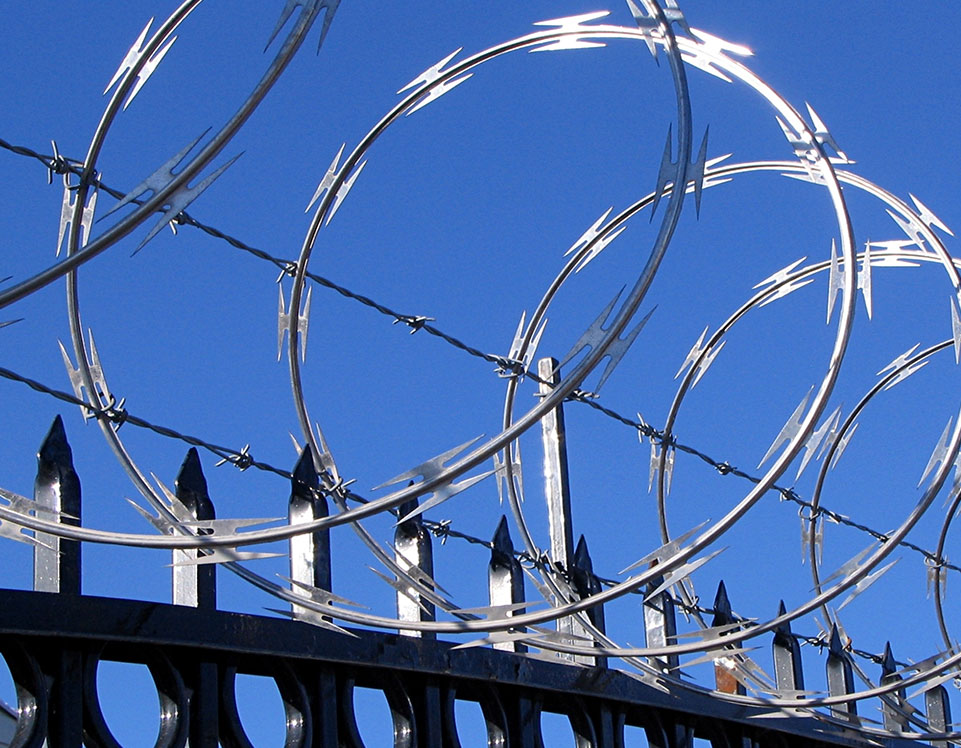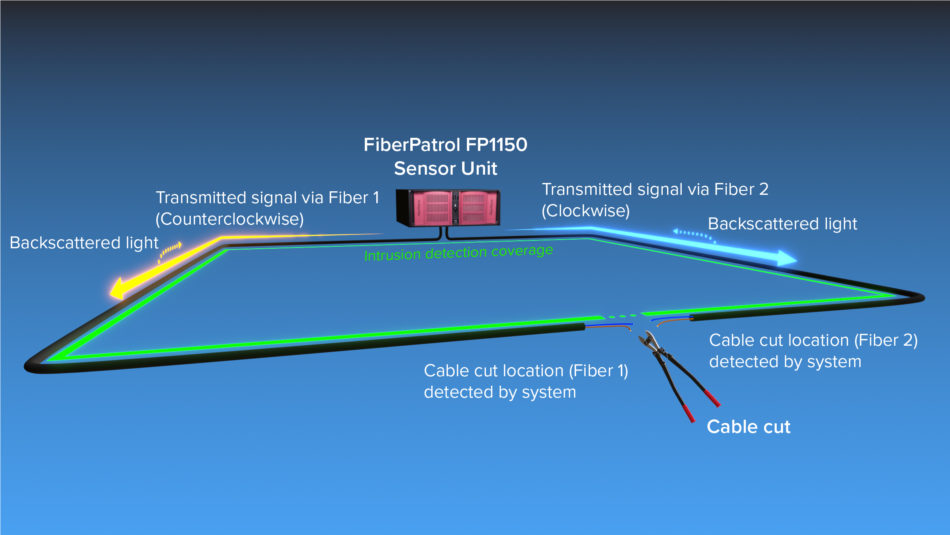Top Reasons a Fiber Security System Outperforms Traditional Security Networks
Top Reasons a Fiber Security System Outperforms Traditional Security Networks
Blog Article
Why Fiber Optic Safety Solutions Are the Future of Protection
The shift to fiber optic safety and security systems notes a considerable improvement in the world of protection, driven by their phenomenal information transmission capabilities and durability to exterior disturbances. As the landscape of security progresses along with emerging modern technologies such as AI and IoT, the potential for fiber optics to enhance and redefine security infrastructures comes to be increasingly noticeable.
Benefits of Fiber Optic Solutions
Among the main benefits of fiber optic systems is their premium bandwidth capacity, which helps with the transmission of large quantities of data over fars away without significant loss. This characteristic is especially advantageous for safety and security applications that need the continuous surveillance and transfer of high-definition video feeds, sensing unit data, and other important information. Fiber optics can accommodate the growing demands of modern-day safety and security systems, making sure that information remains undamaged and trusted.
In addition, fiber optic cables are much less at risk to electro-magnetic interference, which can be a significant problem in environments with numerous digital gadgets. This resistance enhances the stability of the information being transferred, therefore lessening the danger of data breaches or system failures. Fiber optic systems are naturally more secure than standard copper cable televisions, as tapping right into a fiber optic line without detection is extremely tough.
The longevity of fiber optic cords additionally adds to their charm. They are resistant to ecological factors such as wetness and temperature level variations, minimizing maintenance expenses and increasing system durability. Overall, these advantages setting fiber optic systems as a robust and efficient option for modern-day safety and security facilities, guaranteeing reliable and safe information transmission.
Improved Information Transmission Rate

The capacity to transfer vast quantities of information quickly promotes the smooth assimilation of high-def video clip feeds and progressed analytics. Security systems can now refine and assess details in real-time, enhancing action times and situational awareness. In addition, fiber optic connections support longer transmission distances without degradation of signal high quality, making them optimal for extensive safety networks.
The enhanced rate of fiber optic systems not just improves the efficiency of protection procedures however likewise decreases latency. This is especially essential in crucial situations where prompt decision-making can protect against security breaches or reduce potential risks. As organizations remain to prioritize security and effectiveness, the need for rapid and reputable data transmission will definitely solidify fiber optic systems as a keystone of modern-day safety and security facilities.
Resistance to Disturbance
Fiber optic security systems consistently demonstrate remarkable resistance to electromagnetic interference, a critical benefit in atmospheres vulnerable to digital noise. Unlike conventional copper cords, which can be adversely affected by electro-magnetic areas, superhigh frequency interference, and other kinds of electrical disruption, fiber optic cords utilize light to transmit information. This integral building guarantees that the signals remain clear and unaltered, no matter surrounding digital activity.
Using glass or plastic fibers in fiber optic modern technology develops a barrier against interference, permitting trusted information transmission also in challenging situations such as industrial facilities, urban locations with high electronic web traffic, or areas near radio towers. This particular considerably lowers the likelihood of signal destruction or loss, making fiber optic systems specifically ideal for security applications where honesty and precision of information are critical.
Furthermore, this resistance to disturbance boosts the overall efficiency and integrity of protection systems, guaranteeing that surveillance and alert systems function seamlessly. In a globe where safety is significantly threatened by sophisticated modern technologies, the resilience of fiber optic systems attracts attention as a pivotal feature, reinforcing their status as a crucial component of modern-day safety infrastructure.
Cost-Effectiveness Gradually
Substantial expense financial savings can be attained gradually with the execution of fiber optic safety and security systems. While the first investment might appear greater contrasted to conventional copper-based official website systems, the lasting economic benefits come to be evident through reduced functional and upkeep prices (fiber security). Fiber optic wires are naturally extra resilient and less vulnerable to environmental factors, which translates to decrease replacement and repair official source expenses over their lifespan
Furthermore, fiber optic systems require less power to run, which better decreases energy prices. Boosted information transmission abilities enable fewer repeaters and amplifiers, reducing devices financial investment and improving installment procedures. The scalability of these systems additionally adds to cost-effectiveness, as companies can increase their safety framework without sustaining significant additional expenses.
One more variable to take into consideration is the enhanced performance in monitoring and action capabilities that fiber optics provide. Improved real-time information transmission can bring about quicker occurrence action times, potentially mitigating losses and obligations connected with security violations. In sum, the long-term benefits of fiber optic safety and security systems not just warrant the initial expenditure yet likewise place them as a financially sensible choice click reference for companies looking for durable security solutions.

Future Advancements in Safety
Advancing technologies are readied to reinvent protection systems, incorporating synthetic intelligence (AI) and artificial intelligence to improve hazard detection and action capacities. These developments will certainly allow safety and security systems to evaluate substantial quantities of information in real-time, recognizing patterns and abnormalities that indicate possible dangers. This aggressive strategy will enable faster decision-making and more reliable occurrence actions.
In addition, the incorporation of the Net of Points (IoT) is paving the means for interconnected protection gadgets, offering extensive surveillance and monitoring. Smart sensors can communicate info regarding ecological adjustments, while automated informs can alert security workers quickly of questionable activities.
In addition, the evolution of biometric innovations will additionally boost security mechanisms. Facial recognition, finger print scanning, and retina identification are coming to be extra innovative, giving layers of verification that are challenging to bypass.
Conclusion
In conclusion, fiber optic safety systems stand for a substantial development in defense technology, offering unparalleled data transmission rate, resistance to electromagnetic interference, and long-lasting cost-effectiveness. As the need for advanced safety and security options proceeds to expand, the combination of optical fiber with emerging modern technologies such as AI, IoT, and biometrics will even more improve safety facilities (fiber security). The combination of these developments will certainly make certain a more safe and secure and receptive atmosphere, solidifying optical fiber as a cornerstone of future safety systems
Report this page